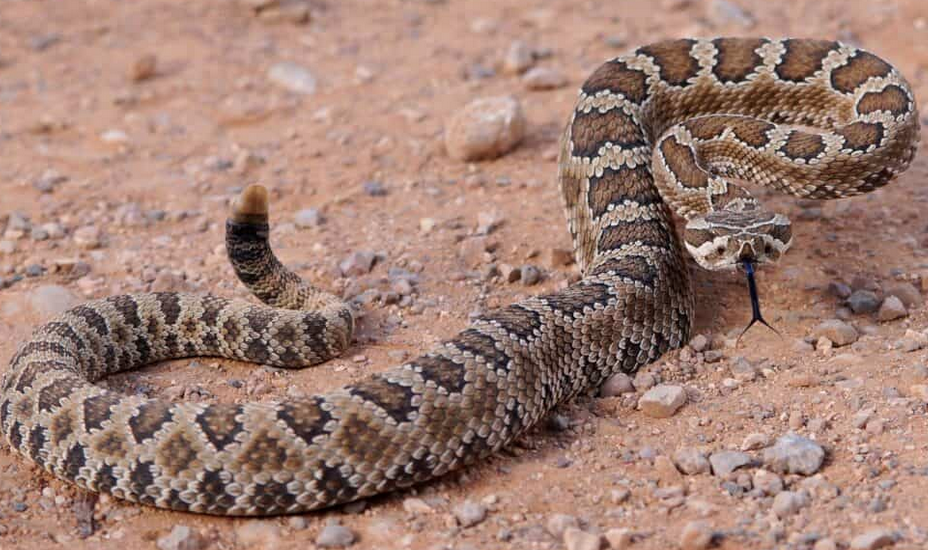“Usually lots of rain creates a lot of foliage,” said a wildlife enthusiast in New Mexico. That extra foliage, “brings out more rabbits, which multiply, and rodents and packrats, and that usually means you’ll see more rattlesnake activity — because of the food source.” Rain plays a big factor in drawing out rattlers, but warmer temperatures in the 80s and 90s help as well. “When it warms up, that brings them out, gets them in the sun and more active,” he said.
Rattlesnake season generally runs from April through October, according to the Poison and Drug Information Centers in most states. But the peak month is August, when high temperatures and heavy rainfall can beckon them from their dens. In addition, snakes are no different from people in one regard: They flee flooded areas. And when that happens, there is a chance snake activity would increase. Citing a 2020 Journal of Environmental and Public Health report: “The potential for human/pet/snake encounters likely increases with increased snake and human activity during the summer months. There is some evidence that increased incidence of snakebites following flooding events does occur.” A 20-year study conducted by researchers at the Stanford Health Care and the University of Colorado, found from 1997 to 2017, every 10 percent of increase in rainfall over the past 18 months led to an increase in snake bites by 4 percent in all California counties. An emergency medicine specialist who was one of the researchers for the study, said that the report shows there is “a really strong association — almost a predictor — of snake bites based on weather and the climate.” That does not mean a season of heavy rainfall will immediately lead to a season of heavy rattlesnake activity. That may be because the correlation of heavy rainfall to more rattlesnake activity may take a year or two to develop. But if it increases snake activity, it increases mating practices among them, which means a larger snake population, which could then go on to bite people. The report also noted encounters between humans and rattlesnakes, and thus the number of snakebite reports, dropped during extreme periods of drought, when less water and food are available. Snake bites are usually not deadly, but they can cause extreme pain, illness and loss of limbs. If a rattlesnake does bite you, don’t panic, say experts. They advise to call 911 if possible and/or get to the nearest medical center. If the bite occurred on the hand, remove any rings or finger jewelry. Things on the don’t-do list include: Do not apply a tourniquet to the bite area. Do not try to suck or cut out the venom. Do not try to capture the snake. If more rain than usual is expected in your area, accompanied by higher than average temperatures, that means the rattlers will likely stick around to soak up some sun and get three square meals a day. So just be more aware when in the woods or desert— or even in your own backyard and outbuildings if your property is in snake country. Also keep in mind that even when the snakes decide to hibernate, weather has an effect. The first cold snap is an indicator that snakes are heading back to wherever they can find a den. Snake bite prevention is key. The best way to avoid a snake bite is to wear snake boots or snake gaiters or snake leggings and be observant of your surroundings. Comments are closed.
|
RAZER GAITERS

 RSS Feed
RSS Feed
